This store requires javascript to be enabled for some features to work correctly.
-
DECANT NAPA - GRAND OPENING - SUNDAY OCTOBER 13
-
Save 10% automatically when you add 12+ bottles to your cart!
- Winemaker: Jean-Louis Trapet
- Farming: No/Low till, regenerative viticulture, Organic & Biodynamic
- Variety: Pinot Noir
- Terroir: 2 hecatares of Trapet's oldest vineyards, planted on chalky limestone, clay on the hillside of Brochon, and planted as far back as 1913 in parcels Dérée and Champérier.
- Vinification: harvested by hand, sorted once in the vineyard and again at the winery. Up to 10% of the crop may be rejected. Vinification with traditional methods, open vat fermentation using native yeasts, 30% stem inclusion and minimal use of sulfur.
- Aging: The wine is aged in French barriques of which 30-75% is new depending on vintage.
- Tasting Note: Always more elegant, light, and refreshing than many of his neighbors.
- Scores: 90-92 Points, Neal Martin, Robert Parker's Wine Advocate: "The 2013 Gevrey-Chambertin Ostrea has a slightly austere blackberry and briary-scented nose with fine mineralité. The palate is medium-bodied with sappy black and red fruit infused with citric like freshness, the finish poised and pure. Again, this is a beautiful Gevrey in the making from Trapet. Tasted 01/15."
Like his forefathers, Jean-Louis Trapet was at the fore when the winds of change began leading a younger generation of winegrowers to begin questioning conventional and established viticulture practices. He was one of the earliest growers to embrace not only organic but biodynamic viticulture back in the early 1990s and is still out in front as he and his colleagues grapple with climate change and it’s effect on the vineyards.
From our January 2024 Club notes:
Trapet Père et Fils ‘Ostrea’, Gevrey-Chambertin, Burgundy, France 2013
If you are at all familiar with the wines of Burgundy, the names Masion Leroy and Maison Joseph Drouhin will not be new to you. These producers are renowned for their quality and histories, but they could not have come to be famous without the excellent Burgundian grape growers that also supplied them. For a long time, one of these growers was the Trapet family. They have operated as prominent vineyard owners in Gevrey-Chambertin since 1870, but it was not until the 1960s that the Trapets began to bottle a majority of their production and offer their wines directly for sale to clients.
Located in the Côte de Nuits subregion of Burgundy, Gevrey-Chambertin is home to some of the region’s most sought after vineyard sites. The Trapet family has always been fortunate to own vines in top Grand and Premier Crus, and in recent decades, has increased its dedication to preservation of the land. Jean-Louis Trapet was a very early adopter of biodynamic farming in Burgundy, and as of 2009, the entire estate became Demeter certified.
Ostrea is a bottling produced by the Trapet family that is made up of grapes from several Premier Cru vineyards sites on the northern side of Gevrey-Chambertin. Reflective of the larger appellation, Brochon is home to a variety of diverse soil types, including limestone, clay, marl and gravel; this makes it the perfect choice for drawing from several vineyard sites in order to create a meaty and substantial Pinot Noir that is worthy of aging. There is a dense tannic structure that is framed by dark red and blueberry fruit and a minerally backbone. The name "Ostrea" refers to the oyster shells found in and around these parcels, which include vines roughly 90 years old!
While 2013 is regarded as a difficult vintage in Burgundy for its cooler and wetter weather patterns, it is generally recognized that the more meticulous (read: biodynamic and organic) farmers were still able to produce beautiful wines because of their acute familiarity with their vines. Being able to react appropriately to the challenges of the vintage still allowed producers like Trapet to make outstanding Pinot Noir. Moreover, the fact that this bottling is a blend of several different vineyard sites meant that Jean-Louis was able to craft a bottling that he knew would stand the test of time.
One of the hallmarks of Trapet’s winemaking style is the traditional Burgundian approach that includes a higher percentage of whole-cluster fermentation. To draw structure from the grapes, Jean-Louis utilizes punch downs early in fermentation and pump-overs later in fermentation. He once followed the trend of heavy new oak usage, but in the early 2000s shifted to what he calls ‘terroir transparency”, using only about 40% new wood in his Premier Cru bottlings in order to let the minerality shine through.
This wine is coming around now and can be enjoyed from a large-bowled wine glass that allows a good amount of air, and perhaps with an hour of decanting. Alternatively, you can age it another 5-7 years. In either case, enjoy it with a meal worthy of the wine– you can’t go wrong with a beef or mushroom bourguignon, or a decadent night of burgers with Burgundy! — Simi Grewal
Join our Mailing List
Land Acknowlegement
We acknowledge that we are on the unceded ancestral homelands of the Ramaytush Ohlone (the original inhabitants of the San Francisco Peninsula) and the Wappo & Miwok (the original inhabitants of Napa County).


